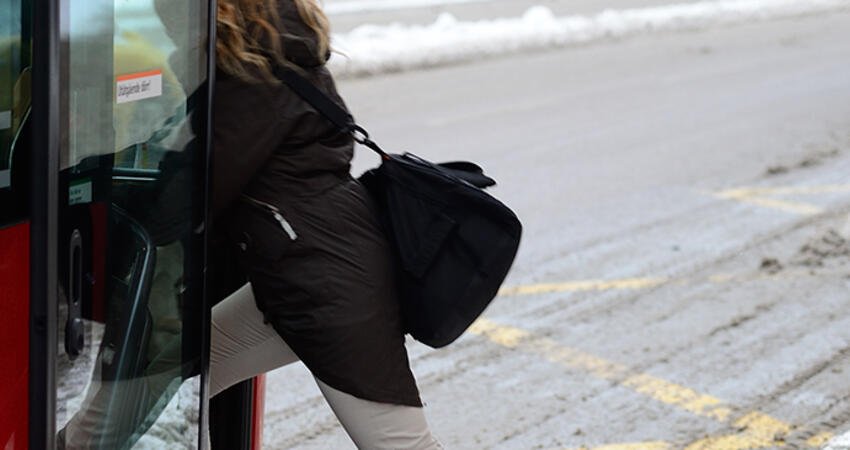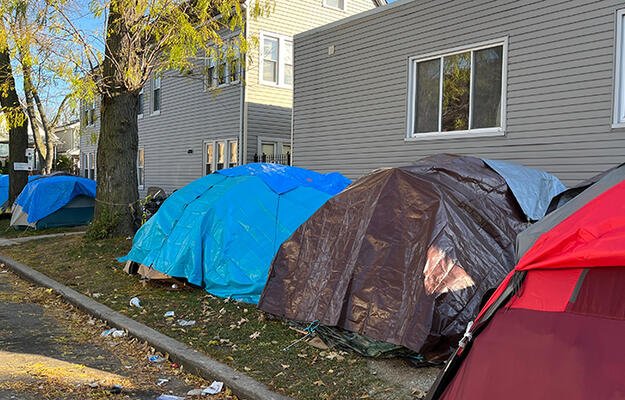
Does Federal Rental Assistance Open Access to Walkable Neighborhoods?
- Title:
- Does Federal Rental Assistance Open Access to Walkable Neighborhoods?
- Author:
-
Julia Koschinsky, Emily Talen
- Source:
- Publication Date:
-
2015
The demand for housing in walkable communities has increased in recent years, while the supply of affordable housing has not kept pace with the need. These trends prompted researchers at Arizona State University to evaluate the nation’s supply of housing in walkable areas and such housing’s accessibility for households with federal rental assistance. How walkable are the neighborhoods where federally-subsidized housing is located? Do housing vouchers connect renters with more walkable areas? Do federally-assisted renters make other neighborhood quality tradeoffs in order to gain walkability?
The authors recommend reforming zoning codes and land use regulations as well as several federal strategies for increasing walking access for renters in subsidized housing.
Major Findings:
- Within the metropolitan U.S., 13 percent of all housing is in a neighborhood with good walkable access (a walk score of at least 70).
- The vacancy rates in areas that are accessible for walking is 8 percent, compared with an 11 percent vacancy rate for housing in inaccessible areas.
- Housing Choice Vouchers and Low Income Housing Tax Credits (LIHTC) offer walking access at rates similar to the rental stock overall. While 23 percent of all rental units are in neighborhoods with good walking access, 22 percent of LIHTC units have good walking access and 23 percent of vouchers are used in such neighborhoods.
- Walkability is stronger for public housing units (37 percent) and apartments with project-based rental assistance (30 percent of PBRA) compared with other federal rental assistance programs (22-23 percent).
- Higher neighborhood crime rates may prevent residents from walking in the otherwise walkable neighborhoods where federally-subsidized rental housing is located.
- Walkable neighborhoods with federally-subsidized rental housing are often close to low-performing schools. Sixty-three percent of walkable neighborhoods with public housing, 61 percent of walkable LIHTC neighborhoods, 54 of walkable neighborhoods with project-based rental assistance, and 45 percent of walkable neighborhoods with voucher-assisted households are near low-performing schools.


